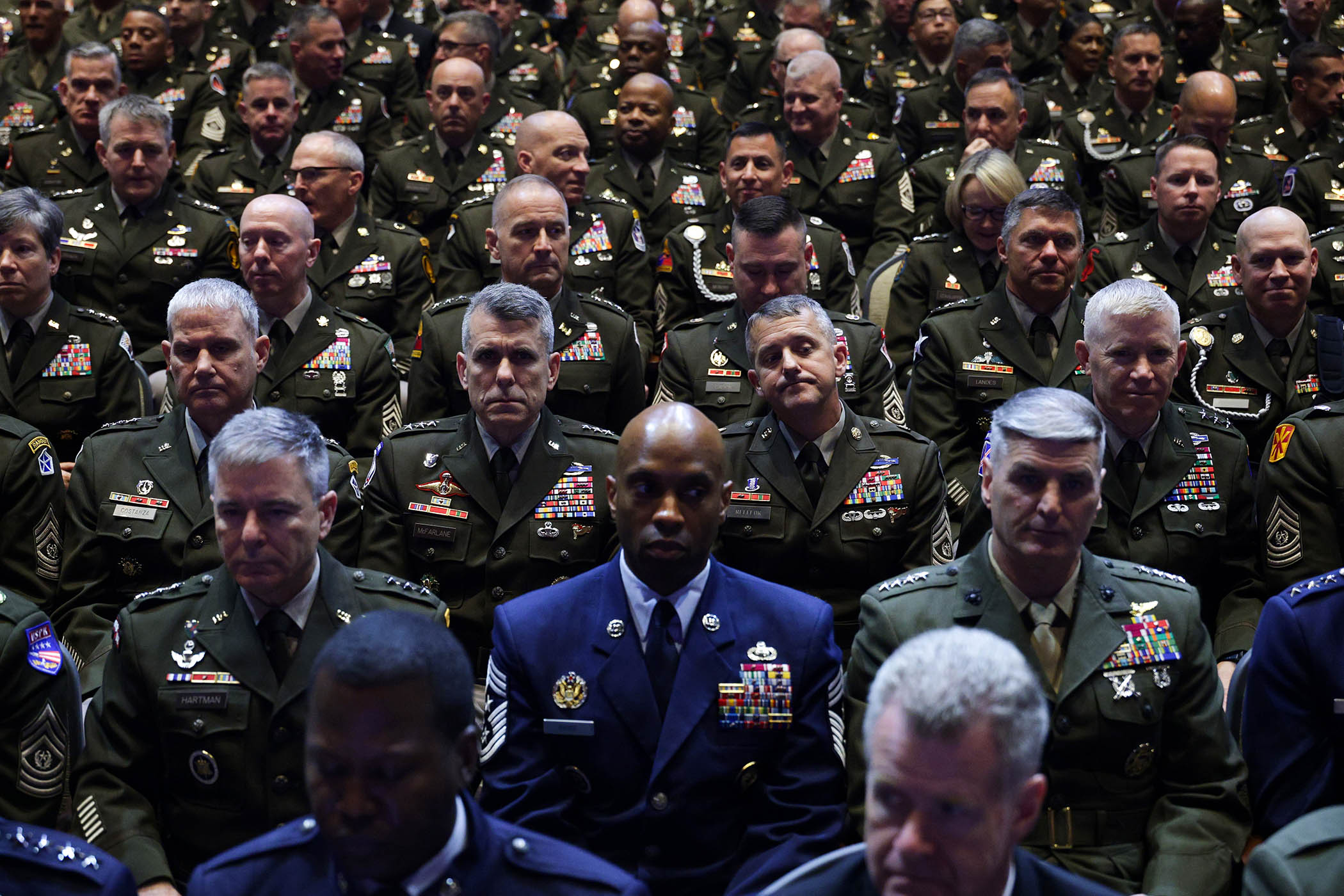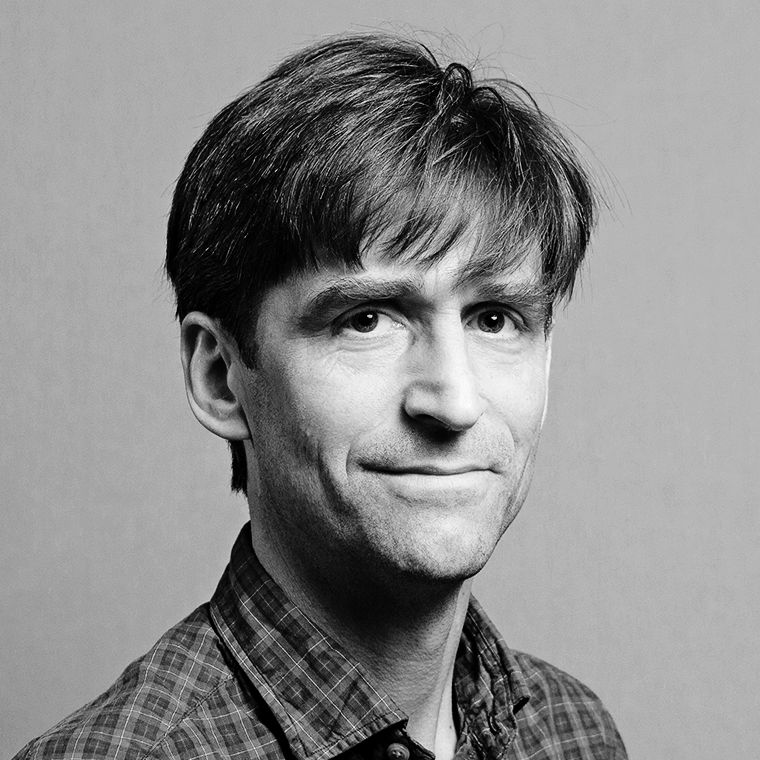Last week about 800 American generals and admirals were summoned from bases around the world to the US Marine Corps’ headquarters in Virginia for a pep talk from the defense secretary, Pete Hegseth, on lethality, fitness, the warrior ethos and the corrosive menace of political correctness.
There were no sackings or restructurings. The closest thing to a policy announcement was the unofficial rebranding of the Department of Defense as the Department of War. There was no obvious reason for the meeting, which might easily therefore be looked on as an aberration staged by an aberrant administration. Yet it was more than that.
Hegseth was reading from history. His main topics were US soldiers’ condition, image and relationship to civilian life, and these have been central themes of America’s national story since George Washington took command of the Continental army to fight the British.
Two hundred and fifty years on, Hegseth told his flummoxed audience: “We lost our way. We blame the woke department.” If so, the roots of woke run deep.
Revolution - 1775
Washington met the army in Cambridge, Massachusetts. His first impression of the soldiers he was to lead into the battle for independence was that they were “exceedingly dirty and nasty” – a far cry from the prime athletes Hegseth wants (all meeting physical standards that must be “uniform, gender neutral and high”).
But Washington wasn’t as unimpressed as he sounded. He set great store by the idea of a volunteer force committed to, and part of, the republic: “When we assumed the soldier we did not lay aside the citizen.” The modern citizen soldier was born.
Westward expansion
Another military persona who would grow in stature as the United States spread west was “the historical-mythological figure of the frontier rifleman… who doesn’t need bureaucracy, who’ll get the job done,” says John Hall of the University of Wisconsin-Madison. Exemplars include Davy Crockett and Daniel Boone, frontiersmen who followed in the tradition of Rogers’ Rangers from the colonial era and who inspired the idea of today’s special forces.
The modern US special forces were the only place would-be American warriors might be allowed to grow a beard, Hegseth said last week. Otherwise, “no beardos” – a piece of barely veiled racism aimed at Black soldiers who suffer more than others from painful “razor bumps” if forced to shave every day.
World war - 1918
Sgt Alvin York would not have made it to basic training in Hegseth’s army. Before enlisting to serve on the western front in the first world war he was a conscientious objector on religious grounds. But, having been persuaded the fight against the Kaiser was just, he made it to France and attacked a German machine gun nest on the Meuse-Argonne front on 8 October 1918 and by his own count killed or captured more than 140 of the enemy. “I didn’t want to kill any more than I had to,” he said later, “but it was they or I.”
York’s words may have inspired Gen George Patton’s address to the US Third Army 26 years later as it prepared for D-Day. “War is a bloody, killing business,” Patton said. “You’ve got to spill their blood, or they will spill yours. Rip them up the belly. Shoot them in the guts.”
The echoes of Patton in Hegseth’s speech weren’t subtle: “You kill people and break things for a living. The Ivy League faculty lounges will never understand us. And that’s OK, because they could never do what you do.”
Cold war - 1948
1President Truman banned racial discrimination in the army by executive order 9981 and formalised women’s status in the military by signing the Women’s Armed Services Integration Act, starting a process by which the Pentagon became a civil rights pioneer “largely in spite of itself”, Hall says. In Vietnam especially it had to confront the army’s dysfunctional race relations when tens of thousands of Black combat troops were still not represented in the officer corps, and did so with affirmative action.
1964 – Stanley Kubrick lampooned the cult of US military masculinity in his film Dr Strangelove, in which Brig Gen Jack D Ripper risks world war three for his “purity of essence”, prefiguring Hegseth’s frequently unhinged, square-jawed turn of phrase. (No more “dudes in dresses”, he said last week. “We are done with that shit.”)
New world order - 2003
Appeals for a new American “warrior ethos” entered common parlance after the army’s 507th Maintenance Company was ambushed during the invasion of Iraq, and Private Jessica Lynch taken hostage. Armchair warriors noted despairingly that her comrades referred to themselves by their specialisms – many were drivers and cooks – rather than as soldiers.
That year, the then vice president Dick Cheney became friendly with the classicist Victor Davis Hanson, who offered a new model for the modern US soldier in the ruthless hoplite farmer-warriors who defended Athens in the Peloponnesian war of 431-404BC.
2013 – The Obama administration ended a ban on women in combat roles.
2024 – Hegseth gave a preview of his Virginia speech in The War on Warriors. His fifth book, written before he knew he would lead the world’s largest military, is devoted mainly to lamenting its erosion by “social justice saboteurs”. He accused these people, as Greg Jaffe put it in the Washington Post, of making America’s soldiers “‘fatter’, ‘slower’ and more effeminate”. Hegseth was confirmed as defense secretary on 25 January 2025.
1 June 2025 – After nearly a decade of planning and delay the US army introduced a new physical fitness test with the same requirements for men and women. The plan is – surely – for a lot of people to fail.
Photograph by Alex Wong/Getty Images

